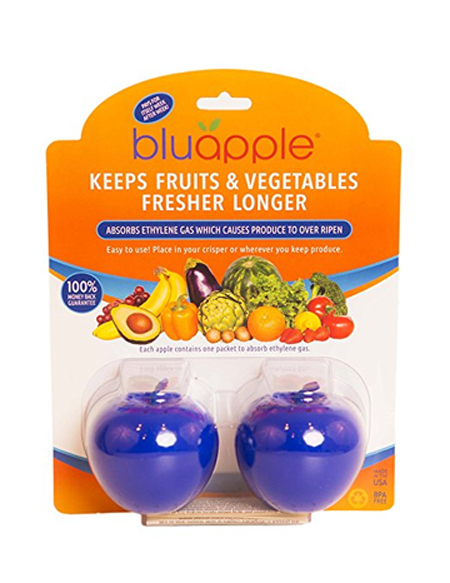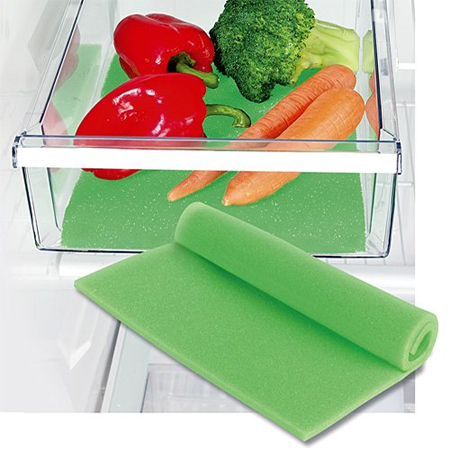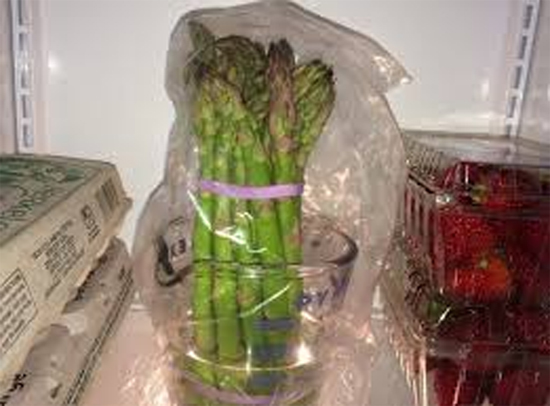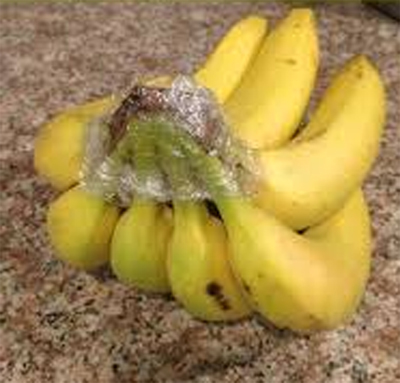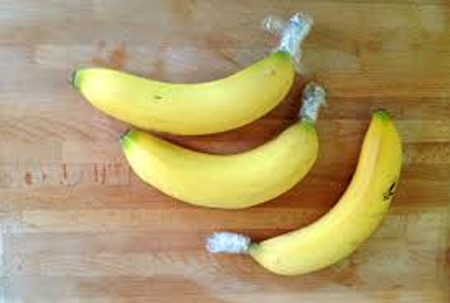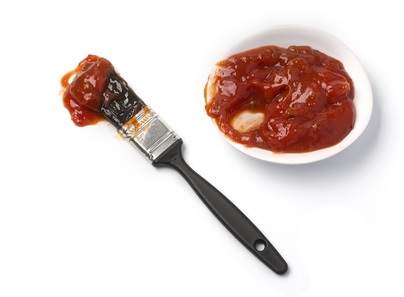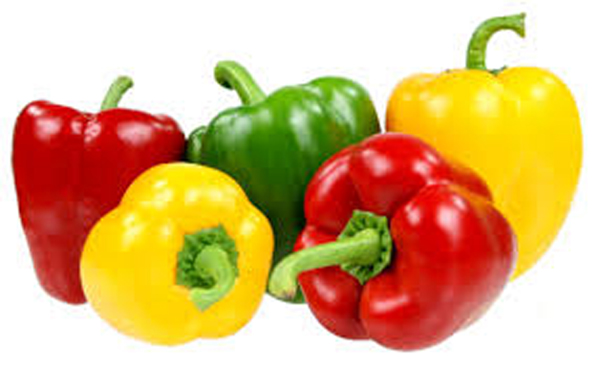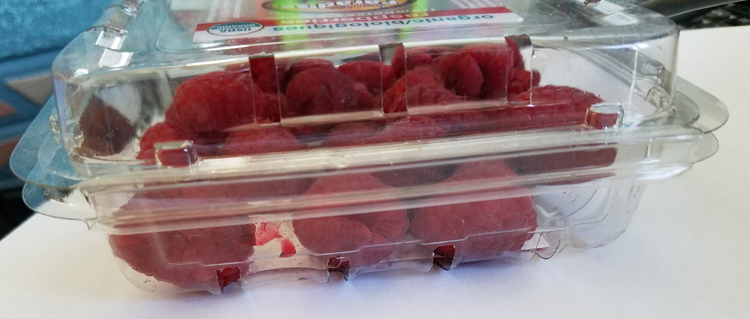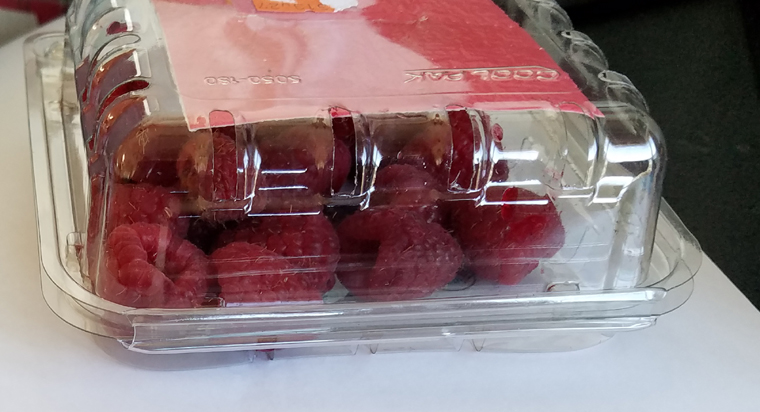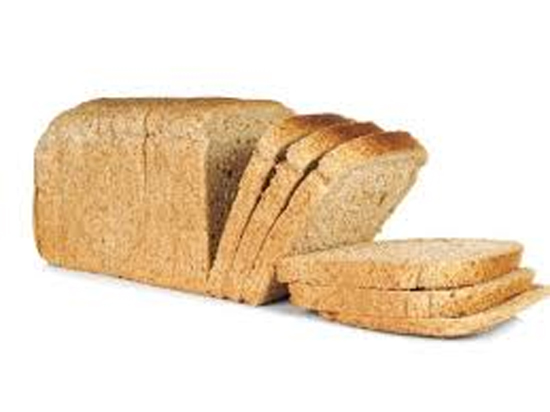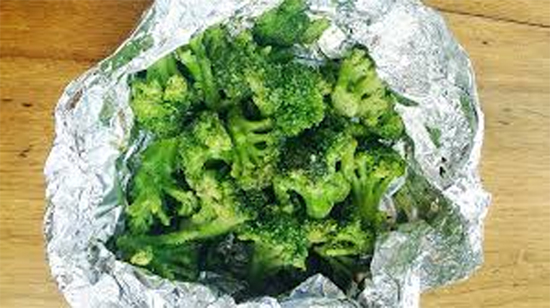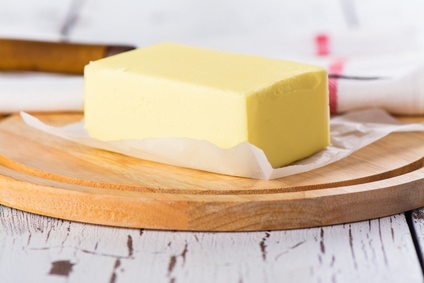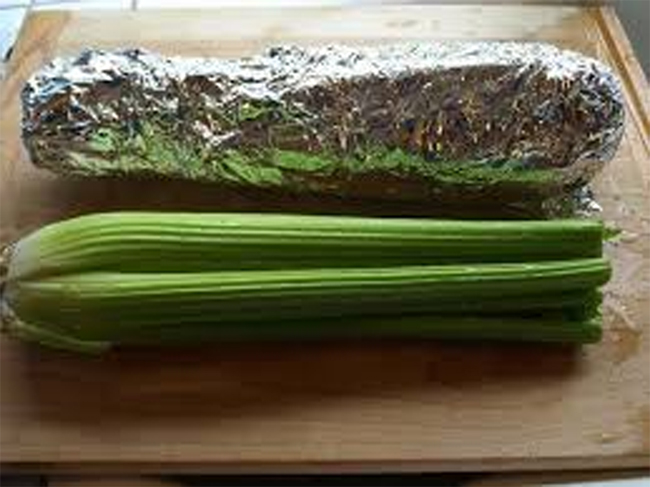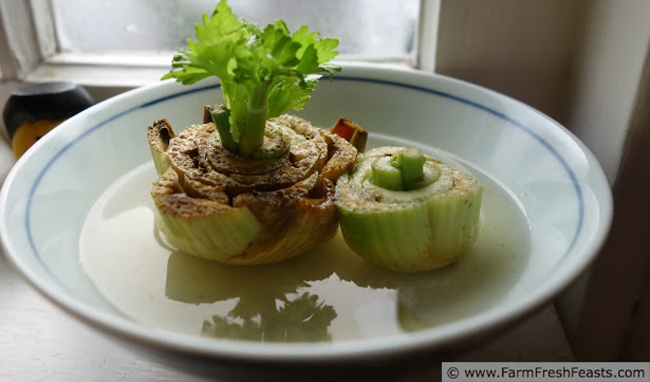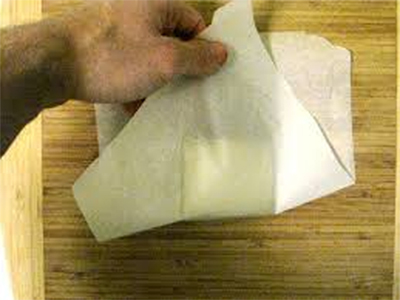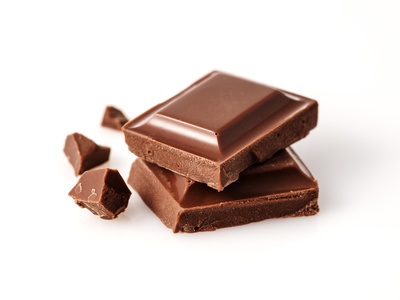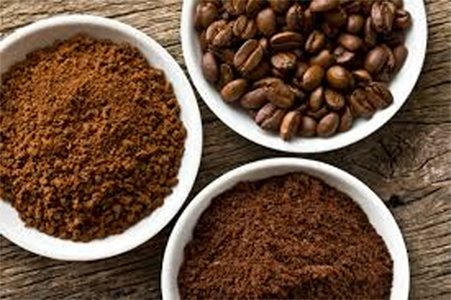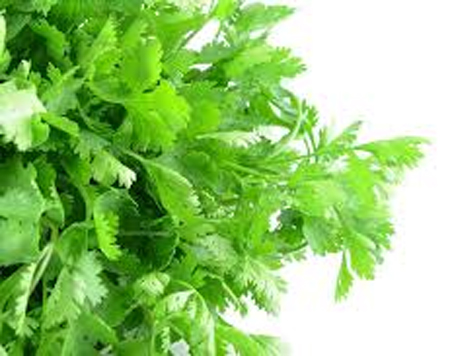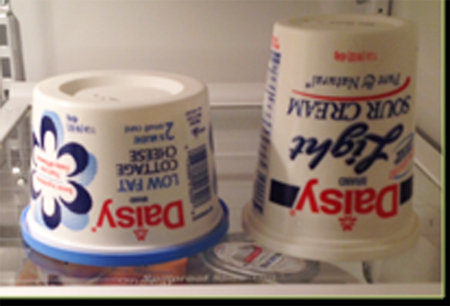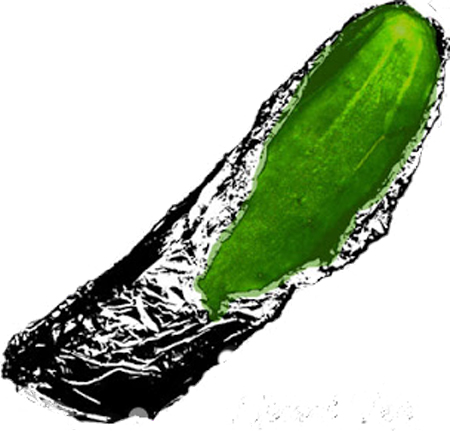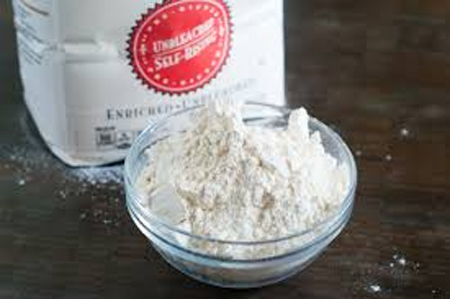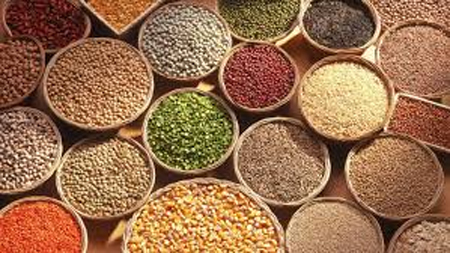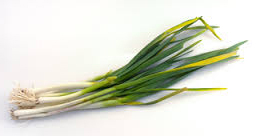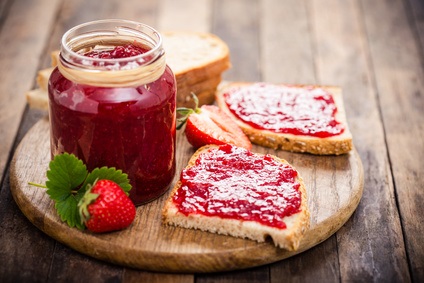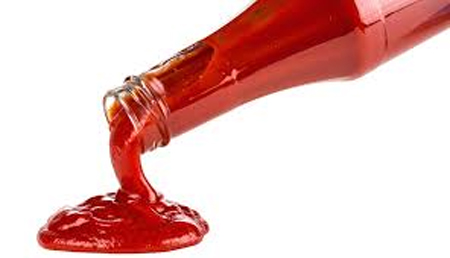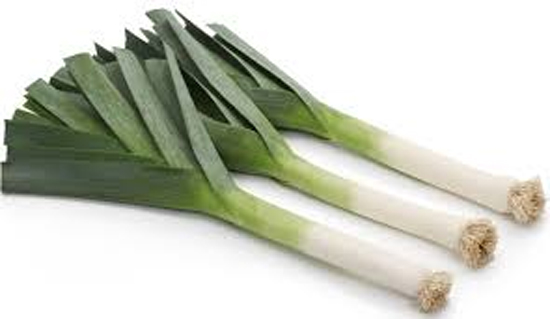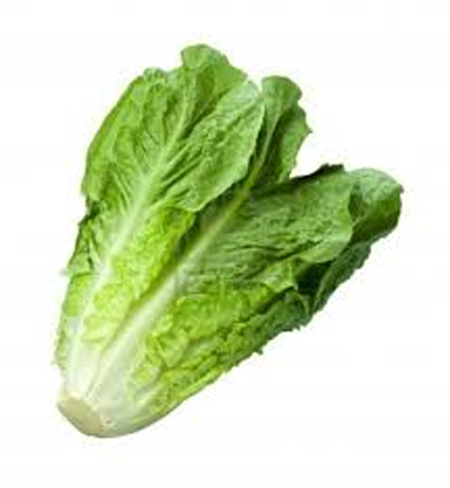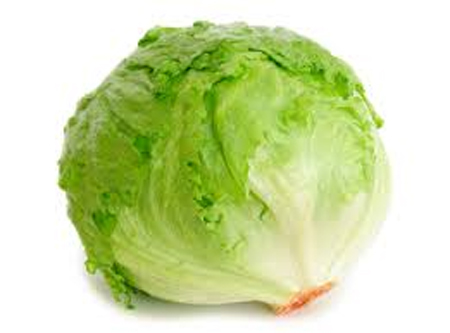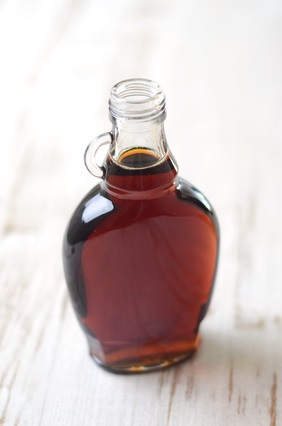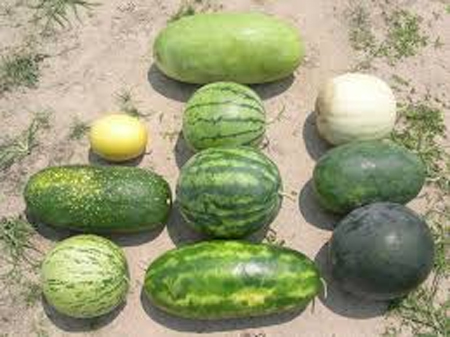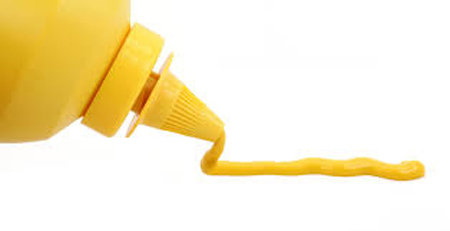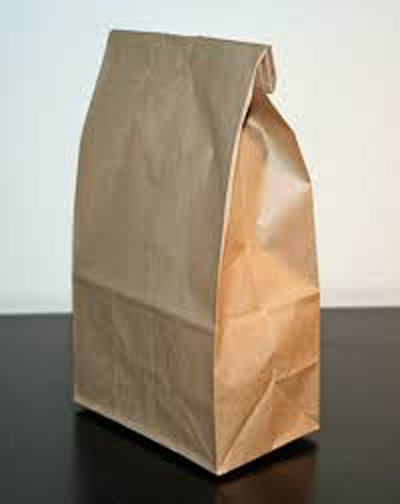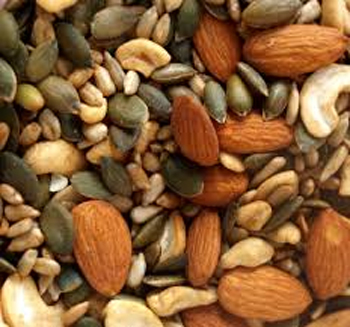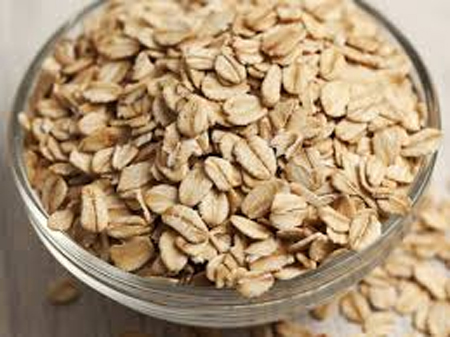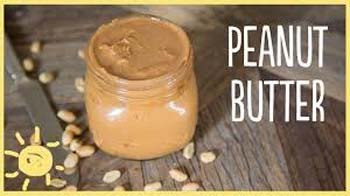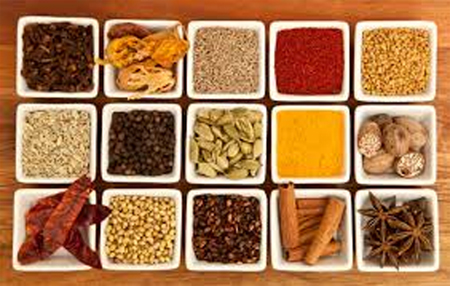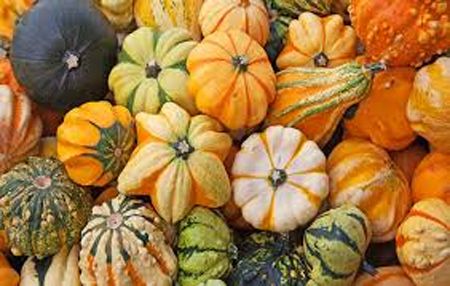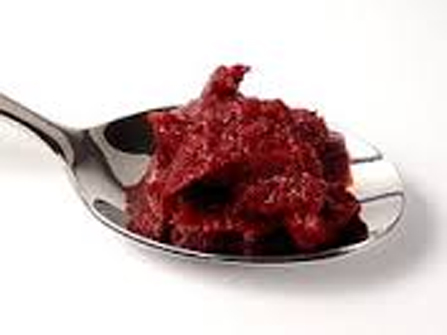FRIDGE, COUNTER OR PANTRY STORAGE
Which Groceries Go where?
Fridge, counter or pantry storage? To make the food you buy last until you need it, does it really make a big difference how you store it? It can be so disheartening to bring home groceries, especially fresh produce such as fruits and vegetables, only to end up having to throw them out because they have started to mold and smell bad.
How many times have we bought ingredients for meals that never got eaten because our schedules changed? The average American household throws out probably one-fourth of the food it brings in from the grocery store. That can add up to a lot of wasted money!
How much of the food thrown into the trash could have lasted longer if it had been stored differently? What if you knew how to store foods properly so even if you couldn't use them when planned, they would still be perfectly fine to use later?
We have gathered some tips for you that could extend the life of your fresh groceries to help you save both time and money...
SOME GENERAL RULES
- Always read the directions on the labels. Many food items can be kept on the counter or in the pantry (cupboard) but must be refrigerated after opening.
- Remember to check expiration dates on food that may lose some of its quality. (See Food Expiration Dates.)If the date is getting closer, you may be able to simply put them in the freezer to give them a few more weeks of life. For example, spoiled bananas make excellent banana bread.
- Keep your refrigerator cleaned out because a refrigerator needs circulating air to work properly and to keep your food fresh and cool.
- Generally speaking, foods with vinegar or salt in them can be stored safely in the pantry or on the counter (unless their labels say something different). Examples would include jams, mustards, and hot sauces (but not salsa).
- Keep your refrigerator at the right temperature. If it is under 32 degrees F., food may start to freeze. If over 40 degrees F., bacteria will start to multiply. The ideal temperature would be between 35 and 38 degrees F.
- If your lifestyle allows, try not to overbuy. Less may be better than more when grocery shopping, especially if you live close to a grocery store.
- Many fruits, such as apples, release ethylene gas which makes fruit spoil. There are 2 products that may be worth trying. They are both available on Amazon. One is a product called Bluapple and another is a liner you can place in a refrigerator bin. Both work to absorb the ethylene gas.
- If your fridge is full or your pantry is small, but your freezer is not full (or if you have an extra freezer), try buying frozen vegetables and using small quantities at a time. They are usually flash frozen, keeping more of their nutrients. And freezer burn is your enemy here, not mold!
- A very general rule, attributed to Rachael Ray, cook and TV personality, states, 'Store fruits and veggies as they are stored in the grocery store.'
- Reminder: All fruits and vegetables, organic or not, should be washed before using. Please see our article about this subject here.
APPLES
Apples can be stored on the counter or in the fridge. They do release a lot of ethylene gas that makes them spoil faster. If there are any 'bad' apples in the bunch, just toss them as soon as you notice them.
ASPARAGUS
Place a whole bunch of asparagus into a glass of water up to about 1 inch, just as you would a bouquet of flowers. Cover the top with a plastic bag and store it in the refrigerator. Don't forget to dump out the water when it becomes cloudy and refill it with clean water.
You can also try to regrow the asparagus by putting just the bottoms in a glass with about 1/2 inch of water. If you get roots, you may then plant the asparagus in soil to regrow.
BANANAS
Bananas give off a large amount of ethylene gas and ripen fast. Always store them separately from other fruits. There are several ways to prolong your banana life...
- Buy green bananas and in a few days they will be ripe.
- Try wrapping the tips in plastic wrap to slow the ripening process. You can also separate the bananas and wrap the tip of each individually. (This may not work as well in a house that's warm).
- Freeze the bananas that are starting to spoil and use for banana bread. You can peel and cut them up or simply put the whole banana in the freezer.
- Try wrapping bananas in plastic grocery bags and then put them all into another plastic bag. Secure the top of the outer bag with a clip and store them on the counter.
- Try wrapping them in bubble wrap and put them in the refrigerator. They should last about a week that way.
BARBEQUE SAUCE
Barbeque sauce is similar to ketchup because it also contains tomatoes, vinegar, sugar and salt. The pH for commercial BBQ sauce ranges from 3.47-4.15 so bacterial growth is unlikely.
It can be kept anywhere. If you don't care whether it warm or cold, such as if it is used on meats before cooking, you can keep it in the refrigerator. If it is used as a dipping sauce, you may prefer it room temperature and you can keep it in the pantry.
BELL PEPPERS
Raw bell peppers should be stored unwashed in a plastic bag in the vegetable crisper of refrigerator. Keep them dry, as moisture will cause them to rot.
Red peppers are mature green peppers but yellow and orange peppers are different and sweeter varieties. Green bell peppers will usually last longer than orange or red ones.
Peppers can be cut and freeze well for later use.
BERRIES
If you purchase any type of berry such as strawberry, raspberry, blueberry, etc., and they come in a package with slits on the tops and a square of paper in the bottom, simply place the berries as they are directly into the fridge.The berries are packaged that way to absorb the ethylene gas. (Remember to wash the berries before using).
Washing or spraying the berries (see our article), especially if they are not in a proper container from the store, can help to make them last longer.
BREAD
Keep bread in a cool, dry place such as a breadbox on the counter or in the pantry. You can even keep it in the microwave if you choose to.
Do not keep bread in the fridge. Bread kept that way will become hard and dry out and become stale very quickly.
Cold accelerates the crystallization of starches but freezing will halt the process. You can place a few pieces at a time in a plastic freezer bag and put them in the freezer for later use.
BROCCOLI
Wrap the broccoli completely in aluminum foil and keep it in your refrigerator crisper drawer.
You may be able to regrow the broccoli. Place the stems in a glass with about ½ inch of water. Change the water regularly. When roots form, plant in soil or in a pot with soil.
BUTTER
Butter contains mostly fats with a very small amount of protein, it is unlikely bacteria will grow on it. However, butter can go rancid if exposed to oxygen, light, and heat. It can be stored on the kitchen counter but keep it in an opaque butter dish and use it in a reasonable amount of time.
Butter can be frozen to extend its life as well. See Freezing Foods Safely.
CARROTS
Carrots keep well in the fridge. If they should get limp, simply place them in water and they will become crispy again.
CELERY
Wrap celery completely in tin foil and keep it in your refrigerator crisper drawer. Celery will root in water so it can be regrown.
When celery is wilted, cut a few inches off the bottom and set the celery in a bowl with about 2 inches of water in it. Set the bowl on the counter and within a few hours the celery will perk back up.
CHEESE
Cheese should be kept in the refrigerator to keep away mold. It will last longer if you store it wrapped in parchment paper. Moisture will then be able to get out to help prevent mold, but enough moisture will get in so that it does not get too hard and crumbly.
When using grated cheese, use a spoon to get out what is needed each time, never your hand since this may make the cheese mold faster.
If mold appears on cheese, you can still use it if you can completely remove the sections with mold. (This is not the case with moldy bread).
CHOCOLATE BARS
Chocolate can be stored between 65 and 70 degrees F. if tightly sealed and kept away from moisture and direct sunlight.
Cold will not damage it but if taken out of the refrigerator, condensation will form producing blotchy patches on the surface.
COFFEE
Coffee beans should be in a cool, dry place. Don't keep them in the refrigerator. This will create moisture, which will turn your beans bad and cause them to lose their taste.
Store in a tightly-sealed container in the pantry or on the counter away from the sun.
CORIANDER/CILANTRO
Store the coriander in a glass of water to cover the stem. Cover the top with a plastic bag and close with an elastic band or twist tie. Then keep it in the fridge on the door. It should last for weeks.
You can regrow coriander if you put the stem in a little bit of water. Just put it in a pot with soil or in the ground after it roots.
COTTAGE CHEESE and SOUR CREAM
Store cottage cheese and sour cream in the fridge upside down! Cottage cheese stored with the lid up will allow air to leak into the container which will speed up the spoiling process. When the cottage cheese is upside down, it creates a seal that keeps the air out.
Please note: Not all food specialists agree with this method. It may only slightly extend the life of the cottage cheese and sour cream. Be careful when opening to avoid spillage.
CUCUMBERS
Wrap cucumbers in foil and store them in the refrigerator crisper drawer.
Do not store cucumbers with tomatoes. They will make each other ripen faster.
FLOUR
Flour can be kept either in the fridge (if there is room) or in the pantry.
Bugs can be a problem with flour. One method to keep them away is to put a bay leaf in with the flour. Another is to put the flour in the freezer for 2 days before storing them in the pantry. This should kill the bug eggs.
GARLIC
Garlic should not be kept in the refrigerator. The cold will make the garlic lose its flavor. Cold damages the cell structure and the humidity of the refrigerator can encourage mold growth. The flesh can become mushy and mold can grow beneath the skin.
Keep garlic in a cool, dark, dry environment with good ventilation and keep it separated from onions, potatoes, and squash. You can keep it in a container in the pantry, even in a basement cool storage area, if you happen to have one.
If you have any reusable grocery bags, you may be able to store the garlic in one of those.
GINGER
Ginger will keep a long time if peeled and then stored in the freezer.
GRAINS
Grains can be kept either in the fridge if there is room or in the pantry.
Bugs can be a problem with grains. If so, put the grains in the freezer for 2 days before storing them in the pantry. This should kill the bug eggs.
GRAPES
The storage of grapes really depends on whether you like them room temperature or cold.
If you take one grape from near the top of the bunch close to the main stem and place it over the stem, this will help the bunch to last longer.
GREEN ONIONS/SCALLIONS
Green onions can be wrapped in foil and stored in the refrigerator or cut and stored in the freezer.
Another method of storing green onions is to put them in a glass with 1/2 inch of water to cover the roots and place in the fridge. Change the water in the glass regularly or it will start to smell.
Use the green tops for cooking and leave the white with the roots in the glass. The green onions will regrow, though you may only get one or 2 more growths. The flavor may change with each growth. If potted in soil, the green onions may regrow many times.
HERBS
Most herbs will last longer if kept on the counter in water, changing the water regularly.
Many herbs can also be regrown in water. See our article on growing herbs in a Windowsill Herb Water Garden.
HONEY
Honey will never go bad so it can be kept in the pantry with the lid on. It is the most shelf-stable food we can store. It may crystallize, which does not harm the honey in any way. If this bothers you, do not heat it up because this will destroy its natural health benefits. Instead, run the jar under warm water.
HOT SAUCES
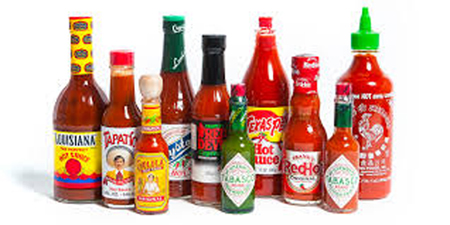
The cold of the refrigerator weakens the flavor of hot sauces, which is the whole point of using them. It also changes the viscosity making it more difficult to pour. Definitely keep them in the pantry or on the counter.
JAMS & JELLIES
In order for bacteria to survive on food, a certain amount of moisture must be present. The moisture content measurement of a food is called the water activity. Bacterial growth is supported by a water activity of .90 or higher.
The water activity of jams and jellies is around .80. Additionally, the pH is usually around 3, making it too acidic to support bacterial growth.
KETCHUP
Ketchup can be kept in the pantry until opened. Please read the label after opening to find out if it needs to be refrigerated.
The acidic ingredients in ketchup (tomatoes and vinegar) put its pH level between 3.5 and 3.9. Bacterial growth requires a pH level of 4.5 or higher.
LEEKS
Fresh leeks should be stored unwashed and untrimmed in the refrigerator. They should keep fresh for 1 to 2 weeks. You can keep them in perforated or loosely wrapped plastic to help them retain moisture.
You can also flash freeze them by placing them on a tray in a single layer in the freezer until just frozen. Transfer to plastic freezer bags and store in freezer.
You can also regrow leeks by placing them in a glass with about 1/2 inch of water to cover the roots and place in the fridge. Change the water in the glass regularly or it will start to smell.
LETTUCE
Lettuce can be wrapped completely in tin foil and kept in the refrigerator crisper drawer. Lettuce can also be wrapped in paper towels and put back in the bag they came in. Paper towels help to absorb moisture. If you are worried about paper towel waste, you can use dedicated dish towels, washed regularly.
Another method for lettuce is to put it in a salad spinner and leave it in the spinner in the refrigerator. This may even last longer than using paper towels.
When romaine lettuce is wilted, cut a few inches off the bottom and set the lettuce in a bowl with about 2 inches of water in it. Set the bowl on the counter and within a few hours the lettuce will perk back up.
Lettuce can be regrown. Cut the lettuce, leaving a couple of inches from the bottom. Put it in a bowl with a little water and make sure it doesn't dry out. Plant it in a pot with soil when you can.
MAPLE SYRUP
Maple syrup has approximately an .80 water activity measurement. (See jams and jellies above) so there is not enough moisture to support bacterial growth.
Maple syrup, as well as other types of syrup can occasionally get moldy even in the refrigerator. Just throw out the syrup if this happens. Syrup can be safely kept in the pantry.
MELONS
Do not refrigerate whole melons. This will cause them to lose their antioxidants, which is one of their biggest health benefits.
Keep them on the counter and refrigerate after cutting.
MUSTARD
Mustard can be kept in the pantry until opened. Please read the label after opening to find out if it needs to be refrigerated.
MUSHROOMS
Mushrooms should be placed in a brown paper bag with the top folded over and placed in the refrigerator crisper drawer.
NUTS AND SEEDS
Most nuts and seeds should be kept in the fridge to keep them from going rancid.
OATMEAL
Oatmeal can be kept either in the fridge, if there is room, or in the pantry.
Bugs can be a problem with oatmeal. If so, put the oatmeal in the freezer for 2 days before storing it in the pantry. This should kill the bug eggs.
OILS
Oils can become rancid when exposed to oxygen, light, and heat. Nut oils such as walnut and hazelnut oils are the only oils that should be refrigerated because they may go rancid. Storing other oils in a fridge will cause them to harden and lose their smoothness.
Never store oils near heat such as from an oven. Keep oils in a cool dark cupboard and use within 3 months.
ONIONS
Onions should not be kept in the refrigerator but in a cool, dark, dry environment. Keep onions separated from garlic, potatoes, and squash.Cold damages their cell structure and the humidity of the refrigerator can encourage mold growth. If kept at room temperature, use them within a week.
You can keep onions in a container in the pantry, even in a basement cool storage area, if you happen to have one. If you have any reusable grocery bags, you may be able to store the onions in one of those.
You can cut an onion in half and put the half with just the root in water. You can also plant it in soil. After a time you will have green tops for cooking and salads.
PARSLEY
Wrap parsley in foil and store in the refrigerator.
To regrow, place the stems in a glass with 1/2 inch of water on the counter. Change water regularly. When roots form, place in a pot with soil.
PEANUT BUTTER
Protein in food is a factor that can promote bacterial growth. Although peanut butter is a high protein food, it has a very low water activity measurement (see jams and jellies above) of approximately .70 so bacteria is unlikely to grow.
Peanut butter can go rancid, especially when exposed to heat, light, and oxygen so check before using. It is best kept tightly closed in the pantry.
If using organic nut butters, store them upside down and you won't have to worry about digging through excess oil.
POTATOES
Potatoes should not be kept in the refrigerator but in a cool, dark, dry environment. Refrigeration causes the starches to turn into sugars, affecting both the flavor and the texture.
Keep potatoes separated from garlic, onions, and squash. Onions emit moisture which can cause the potatoes to sprout.
You can keep potatoes in a container in the pantry, even in a basement cool storage area, if you happen to have one. The ideal temperature for storing potatoes is 55 to 60 degrees F. If storing at room temperature, use them within a week. If you have any reusable grocery bags, you may be able to store the potatoes in one of those.
You may be able to regrow potatoes by cutting out any of the ‘eyes’ and letting them sprout.
SPICES
The chill of the refrigerator can kill the flavor of spices, so store them in the pantry or on the counter.
SQUASH
Squash should not be kept in the refrigerator but in a cool, dark, dry environment. Keep squash separated from garlic, onions, and potatoes.
You can keep squash in a container in the pantry, even in a basement cool storage area, if you happen to have one.
If you have any reusable grocery bags, you may be able to store the squash in one of those.
TOMATOES
Tomatoes have always been controversial! Are they vegetables or are they fruit?
Tomatoes can be stored in or out of the fridge. If they are left in the fridge too long, they will ripen faster and the cold can damage the cell walls giving the tomatoes a mealy texture. They may also turn acidic. Chilling also halts the enzymatic process that produces the chemical compounds that give a tomato its flavor.
A good plan would be to put them in the refrigerator for a day or two if you do not need to use them right away. Put them on the counter before use.
If left on the counter, tomatoes tend to get sweeter. Make sure to keep them out of the sunlight if they are left on the counter. Some people like to take off any stems and turn the tomatoes upside down as well. Refrigerate them after cutting.
NOTE: Do not store cucumbers and tomatoes in the same drawer. They will make each other ripen faster.
An important issue when it comes to storing tomatoes in the refrigerator or on the counter is that the refrigerator cold decreases and can completely destroy the lycopene. This is the main nutritional component in tomatoes and the one that protects men from testicular and prostate cancer.
TOMATO PASTE
It is frustrating to open a can of tomato paste knowing you only need a teaspoon or two for a recipe. There are 2 good solutions for this problem...
- Pour the remaining tomato paste into an ice cube tray ad freeze for later use.
- Place the tomato paste into a freezer bag and then score the bag with a blunt utensil so it will freeze in sections and you can break off a small amount each time you need to use it.
We hope the information in this article has been helpful and useful and may actually save you time and money spent at the grocery store or farmers' market in the future.
Top of Fridge, Counter, or Pantry Storage
"The Cleanest Clean You've Ever Seen."
by
ABC Oriental Rug & Carpet Cleaning Co.
130 Cecil Malone Drive Ithaca, NY 14850
607-272-1566
TABLE OF CONTENTS
